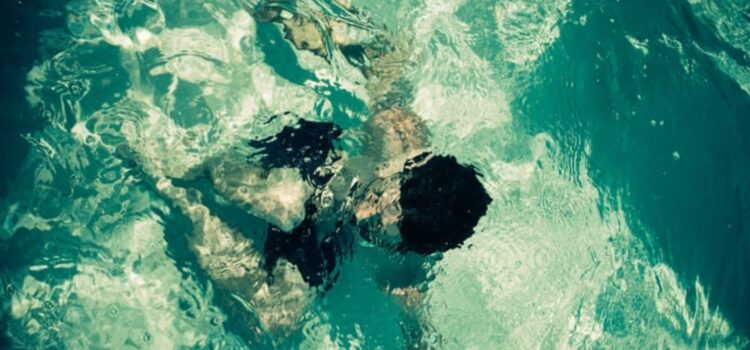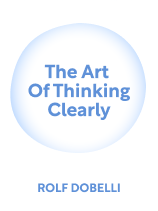

This article is an excerpt from the Shortform book guide to "The Art of Thinking Clearly" by Rolf Dobelli. Shortform has the world's best summaries and analyses of books you should be reading.
Like this article? Sign up for a free trial here .
What is the “swimmer’s body illusion”? Is a swimmer’s physique the result of training (nurture) or the gift of genetics (nature)?
The swimmer’s body illusion is a cognitive bias where you attribute a trait or characteristic to a certain activity, and not the other way around. For example, you might look at a professional swimmer’s toned body and think you can gain that same appearance by swimming. However, these individuals are so good at swimming because they already had that kind of body.
Here’s why this effect occurs and how not to fall prey to it.
Swimmer’s Body Illusion
The swimmer’s body illusion is where you look at the traits of people who do a certain activity and think the activity causes those traits. In reality, people participate in the activity because they already have those traits. The traits are the cause, not the effect.
Dobelli suggests using your knowledge of the result illusion to make realistic goals. If you confuse the cause (swimmers’ body type) with the effect (they’re good swimmers), you might set unrealistic goals, like swimming to gain a different body type. If you realize the swimmers were born with that body type, you can set healthier goals for exercising that fit your own body type.
The Swimmer’s Body Illusion: Nature vs. Nurture
The result illusion is part of the nature vs. nurture debate: It’s hard to determine if people’s genetics or upbringing dictate their characteristics. When you fall for the result illusion, you confuse the person’s nature—natural traits—with how they’ve been nurtured—traits they gained through their activities.
Dobelli implies that people’s traits are primarily assigned by nature, and thus that nurturing doesn’t have as large a role. However, others argue that the divide of importance between nature and nurture is more even: While it’s true that some people do naturally have an optimized body for swimming, you can also gain some of those traits by training.
For example, height and long limbs are traits that are dictated by nature. People with these traits are better swimmers due to a natural advantage. However, other traits such as broad shoulders or strong legs are the result of training. Anyone can gain these traits through long hours of swimming.
You can still use this knowledge to set realistic goals, as Dobelli suggests. Consider the traits you want to have and whether they’re dictated by nature or nurture. Let go of impossible goals revolving around natural traits, but don’t give up on those surrounding things you can change.

———End of Preview———
Like what you just read? Read the rest of the world's best book summary and analysis of Rolf Dobelli's "The Art of Thinking Clearly" at Shortform .
Here's what you'll find in our full The Art of Thinking Clearly summary :
- A detailed look at the most common logical fallacies that inhibit decision-making
- How to recognize and overcome these fallacies to make better decisions
- Why you value things for arbitrary reasons





